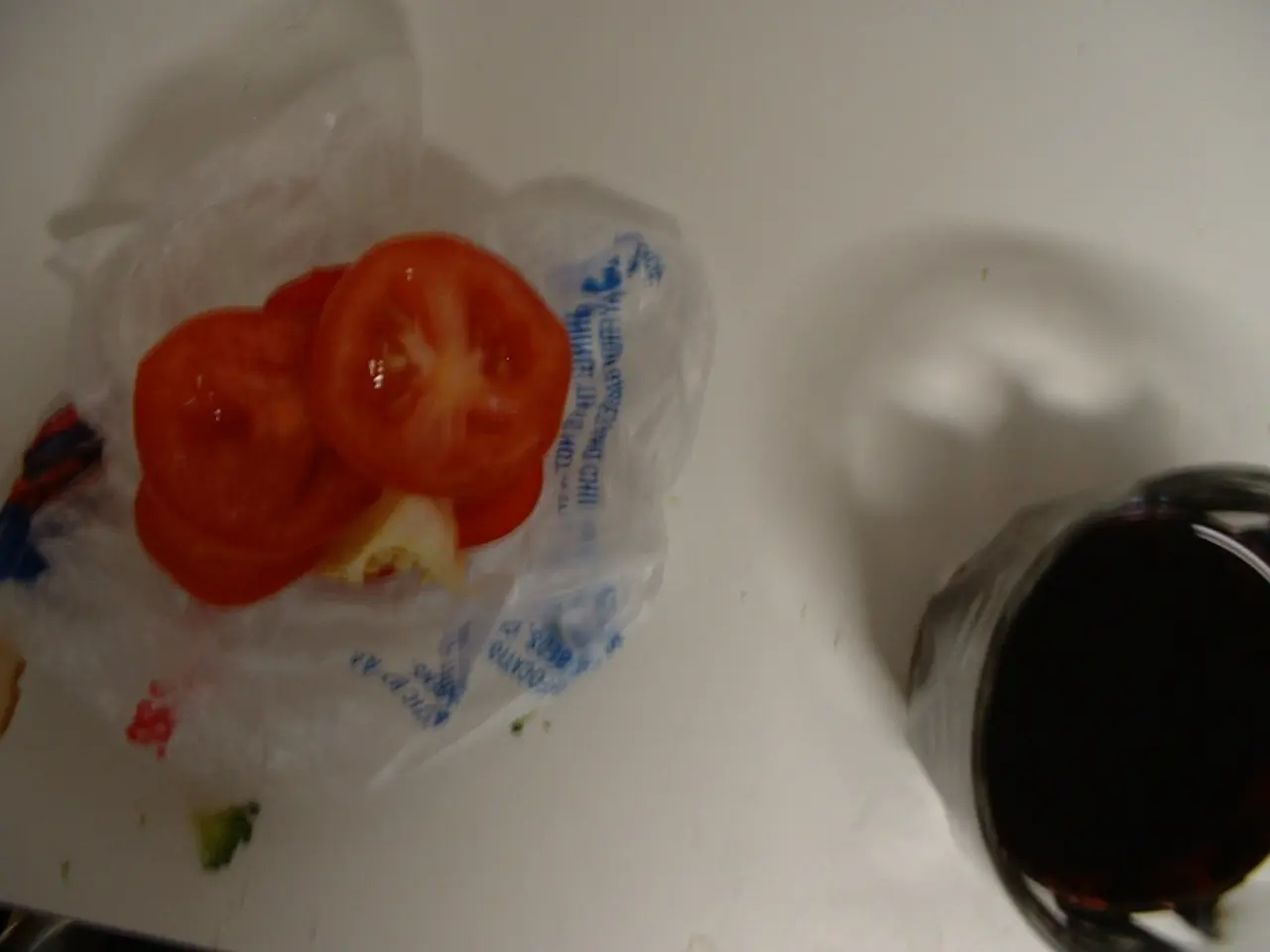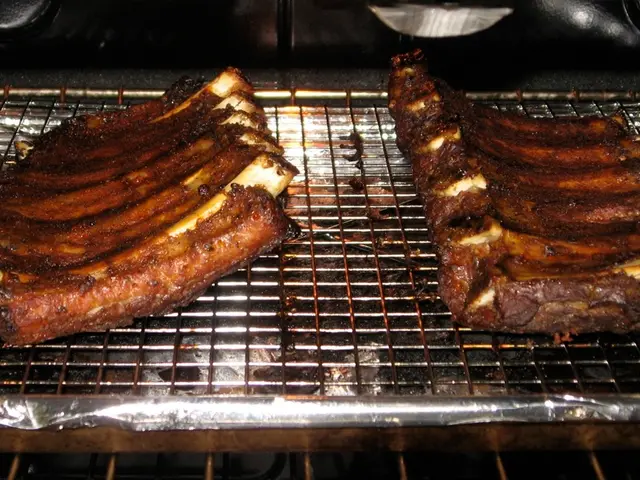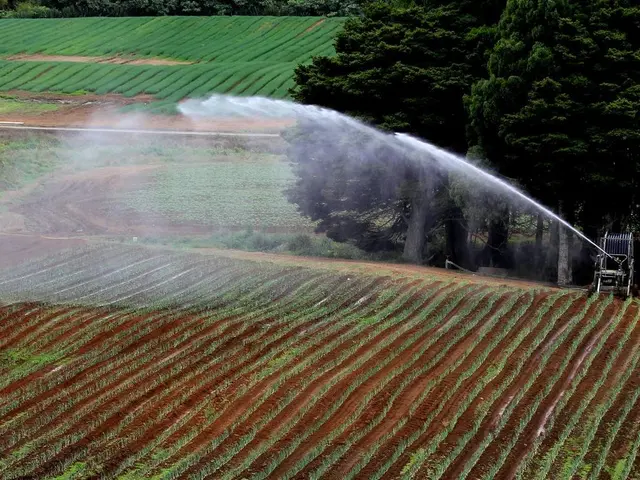Preserving Sun-Ripened Tomatoes Through Dehydration
Dehydrating tomatoes is a popular method for preserving this versatile fruit for pantry storage. By reducing their water content from about 95% to around 10%, you can create a dried end product that can be used in a variety of dishes.
Choosing the Right Tomatoes
When it comes to selecting tomatoes for dehydrating, dark red tomatoes with thick and fleshy walls are the best choices. High-acid varieties such as San Marzano, Royal Chico, and other plum or Roma tomatoes are flavorful options that work well for drying. Less watery varieties are also desirable as they will take less time to dry.
Tomatoes should be heavy and aromatic with an earthy, tomato-like smell. It's essential to pick tomatoes that are ripe but not overripe, as overripe tomatoes can spoil during the drying process.
Preparing Tomatoes for Drying
Before dehydrating, wash the tomatoes thoroughly, pat them dry, remove stems and skins, and cut them into slices. Smaller cherry tomatoes and plum tomatoes can be oven-dried at 250°F and take between 2 to 3 hours.
Dehydrating Tomatoes in the Oven
Dehydrating tomatoes in an oven requires arranging the slices on wire racks and setting the oven as close to 145°F as it will allow. To allow excess moisture to escape, it's recommended to prop the door open with a wooden spoon.
Cooking time for dehydrating tomatoes in the oven varies based on factors like oven temperature and tomato variety. For example, 3/4 inch thick tomatoes can take 5 to 8 hours in an oven set between 140°F to 170°F.
Drying Tips
When drying tomatoes in the oven, trays may need to be rotated to promote even drying. Tomatoes are preferably dried at a temperature close to 145°F (63°C) to preserve flavor and avoid cooking.
It's essential to remember that oven temperatures can vary, so it's crucial to keep an eye on the tomatoes during the drying process.
Benefits of Dehydrating Tomatoes
The advantages of certain devices for drying tomatoes include even drying and precise temperature control, which help retain nutrients and concentrate flavors. Devices with multiple trays allow processing larger quantities, and some use infrared light for a gentle drying method that preserves raw food quality and delivers more intense taste than traditional air drying.
Using Dried Tomatoes
Dried tomatoes can be rehydrated by soaking them in warm water or a little olive oil for 10 minutes. They can be used in a variety of dishes, such as pizza, grilled cheese, soups, sauces, stews, chilis, casseroles, scrambled eggs, omelets, frittatas, tomato soup, and as a seasoning in spice rubs.
By dehydrating tomatoes at home, you can enjoy the flavourful fruit all year round, adding a burst of freshness to your dishes even during the colder months.
Read also:
- Cheese consumption leads to fatalities for two individuals.
- AI's looming shadow on Mexican small-scale enterprises: how purpose-driven communities can offer salvation
- Global Coverage for Employer-Sponsored Fertility Benefits, Courtesy of Progyny
- Choosing the Most Effective Mosquito Net to Prevent Disease Transmission via Mosquitoes








